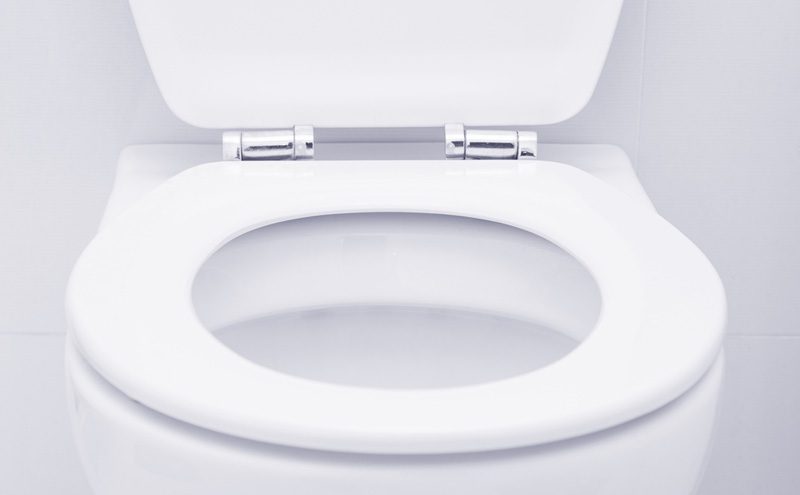
Hygiene services provider Initial Washroom Hygiene has released a study of 1,000 UK consumers which appears to shed new light on some of Britain’s weird flushing habits, and has also highlighted a lack of knowledge around what can (and can’t) be safely flushed down Britain’s toilets.
At the same time a survey of Initial Washroom Hygiene and Rentokil Specialist Hygiene technicians has also revealed that a Barbie doll, a rugby boot and even a human finger are among the weirdest items they have found in toilet bowls during their careers (full list below). Meanwhile, Initial Washroom Hygiene’s research found that almost four in 10 of those surveyed (36%) admitted to flushing face, baby or moist toilet wipes, nail and hair clippings (15%), cotton buds (6%), condoms (6%) and cotton wool or pads (5%), in the last three years.
Despite sewer blockages costing the UK £88m each year[1], the study shows that UK consumers are clearly confused about what can and can’t be flushed down Britain’s toilets. In fact, one in 10 of those surveyed actually believed that condoms could be safely flushed, whilst over a quarter (28%) thought that tampons and sanitary pads can be put in the loo.
Although it is mandatory for sanitary waste facilities to be provided in the workplace and public washrooms, over half (54%) of female respondents said they had experienced a situation in which there was no feminine hygiene unit located in the toilet cubicle when they needed one. Over a quarter (27%) said they had ‘no choice’ but to flush on these occasions, but this means that the sanitary waste could eventually end up in waterways and become washed up on our beaches.
The only items that can be safely flushed down British toilets are human waste and toilet paper, yet even those purporting to know this often flout the rules. Almost a third of people admitted to having flushed something down the toilet that they know they shouldn’t have. A third also said they never thought about what happens to waste after it is flushed, while 20% were not aware that items can cause blockages, which could impact the future cost of our water.
According to the Marine Conservation Society, between 1.5bn and 2bn of sanitary protection items are flushed every year in the UK[2], which nearly seven in 10 of those surveyed severely underestimated when asked.
The 10 weirdest items found in a toilet bowl (by Initial Washroom Hygiene and Rentokil Specialist Hygiene technicians) are:
A Barbie doll
A rugby boot
A kids toy car
Clothing
A mop head
A one metre ruler
An iPhone 5
A full toilet roll & holder
A Croc shoe
A human finger!
Dr Peter Barratt, Initial Washroom Hygiene, commented, “Whilst we have found a range of weird and sometimes comical items stuck in Britain’s toilets, the issue around consumers not knowing what can be safely flushed is a very serious one. In the UK, we should not be flushing anything down the toilet that isn’t toilet paper or bodily waste. The result of people not abiding by this rule can be expensive; not just in terms of the cost of unblocking pipes and clearing up any resulting escape of sewage, but also in terms of the overall cost of water treatment.
“Sometimes, those who flush sanitary items down the toilet do so because they have no other way of disposing of them. It should be the duty of washroom or facilities managers within a business to provide washrooms with appropriate sanitary disposal units. Hygienic and unobtrusive disposal units, such as the brand new Signature Lite feminine hygiene unit, have been developed to ensure that stylish and hygienic sanitary disposal units can be accommodated within even the smallest cubicle.”






